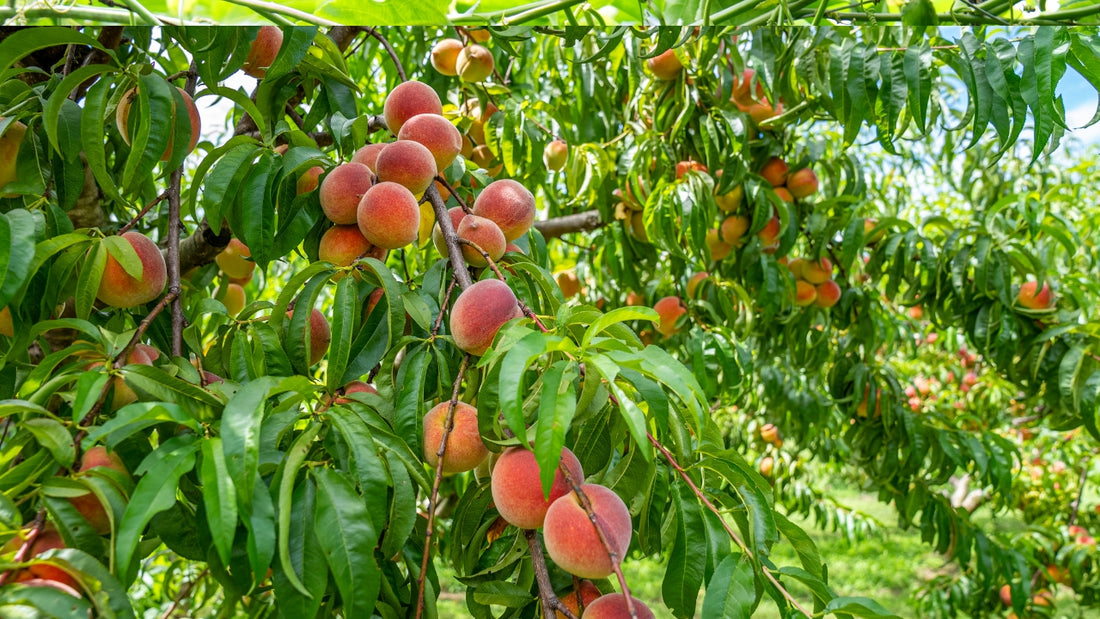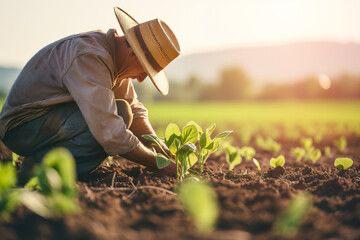
Top 10 Tips for Growing Healthy Fruit Plants in Your Backyard
Growing fruit plants in your backyard can be a rewarding and delicious endeavor. Whether you’re a seasoned gardener or a beginner, following the right practices can ensure a bountiful harvest. Here are the top 10 tips for cultivating healthy fruit plants right at home, making your backyard a productive oasis.
1. Choose the Right Location
The first step to successful fruit gardening is selecting the right location. Most fruit plants require at least 6-8 hours of sunlight daily. Choose a spot that is well-drained and has good air circulation to prevent diseases. Ensure the site is free from large tree roots and other plants that might compete for nutrients and water. Consider the plant’s mature size to avoid overcrowding, which can lead to poor fruit production and increased susceptibility to pests.
2. Select the Suitable Fruit Varieties
Selecting the right fruit varieties for your backyard is crucial. Opt for varieties that are well-suited to your climate and soil conditions. In India, popular choices include mangoes, guavas, papayas, and citrus fruits. Consider disease-resistant varieties to minimize the need for chemical interventions. If space is limited, choose dwarf or compact varieties that are easier to manage and maintain.
3. Prepare the Soil Properly
Healthy soil is the foundation of successful fruit gardening. Start by testing your soil to determine its pH and nutrient levels. Most fruit plants prefer slightly acidic to neutral soil (pH 6-7). Amend your soil with organic matter like compost or well-rotted manure to improve its structure and fertility. Good soil preparation ensures that your plants have access to the nutrients they need to grow strong and healthy.
4. Use Organic Fertilizers
Using organic fertilizers is essential for sustainable fruit gardening. Organic fertilizers, such as compost, vermicompost, and cow manure, provide a slow-release source of essential nutrients. They improve soil health and reduce the risk of nutrient leaching. Consider using Agro Homeo Medicines, which are organic treatments designed to enhance plant growth and boost immunity against diseases, ensuring a healthier yield.
5. Implement Proper Watering Techniques
Proper watering is critical for fruit plant health. Water your plants deeply but infrequently to encourage deep root growth. The best time to water is early in the morning or late in the evening to reduce evaporation. Avoid overwatering, which can lead to root rot and other fungal diseases. Mulching around your plants helps retain soil moisture and reduces the need for frequent watering.
6. Prune Regularly for Better Growth
Regular pruning is essential for maintaining the shape and health of your fruit plants. Remove dead or diseased branches to prevent the spread of pests and diseases. Pruning helps improve air circulation and sunlight penetration, which promotes better fruit set and quality. For most fruit trees, the best time to prune is during the dormant season, but always follow specific guidelines for each type of plant.
7. Practice Organic Pest Control
Pests can wreak havoc on your fruit plants if not managed properly. Use organic pest control methods to keep your garden healthy and chemical-free. Introduce beneficial insects like ladybugs and predatory mites that feed on harmful pests. Use neem oil or insecticidal soap to control common pests like aphids and whiteflies. Regularly inspect your plants for signs of pest activity and take action promptly to prevent infestations.
8. Provide Support for Climbing and Vining Plants
Certain fruit plants, such as grapes, kiwis, and passion fruit, require support to grow properly. Install trellises or stakes to help these plants climb and spread out. Proper support improves air circulation and sunlight exposure, reducing the risk of disease and promoting better fruit development. Ensure the support structure is sturdy enough to bear the weight of the mature plant and its fruit.
9. Use Mulching for Soil Health
Mulching is an excellent way to maintain soil health and promote healthy plant growth. Apply a layer of organic mulch, such as straw, leaves, or wood chips, around the base of your fruit plants. Mulch helps retain soil moisture, suppress weeds, and provide a steady supply of nutrients as it decomposes. It also helps moderate soil temperature, protecting plant roots from extreme heat or cold.
10. Harvest Fruit at the Right Time
Knowing when to harvest your fruit is key to enjoying the best flavor and quality. Most fruits should be picked when they are fully ripe but still firm. For example, apples and pears are best harvested when they easily come off the tree with a gentle twist. Overripe fruit can attract pests and diseases, so it's important to monitor your plants regularly and harvest in a timely manner.
By following these top 10 tips, you can create a thriving and productive fruit garden in your backyard. With proper care and attention, you’ll enjoy the rewards of fresh, home-grown fruit, bursting with flavor and nutrition. Happy gardening!



